Tucked away in this beautiful province lies the spectacular Barberton Makhonjwa Geotrail, a scenic wilderness of immense geological importance. The self-drive route is a 38 km exploration of ancient rock formations that date from the Archaean period, more than three billion years ago. Elements found in this area include a 3.2 billion year-old beach deposit, fossilised biomats in sandstone, piles of volcanic pillows formed by lava expelling on the floor of the sea, and volcanic hailstones preserved in chert sediments.
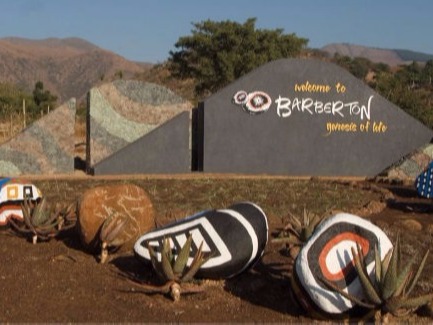
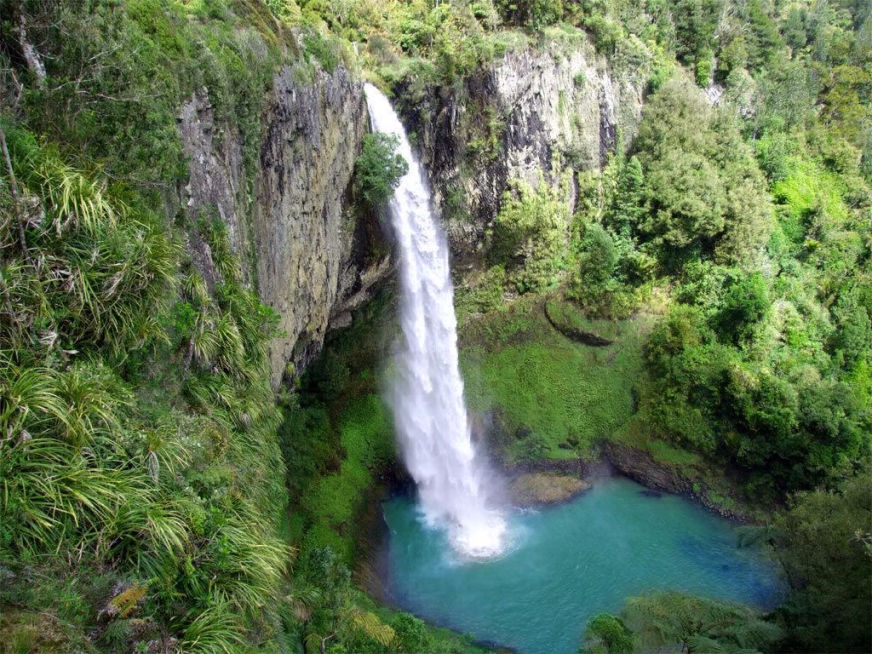
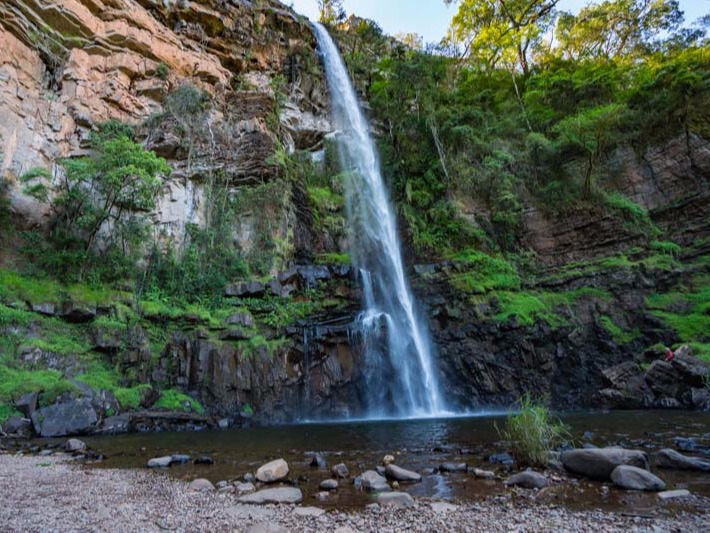
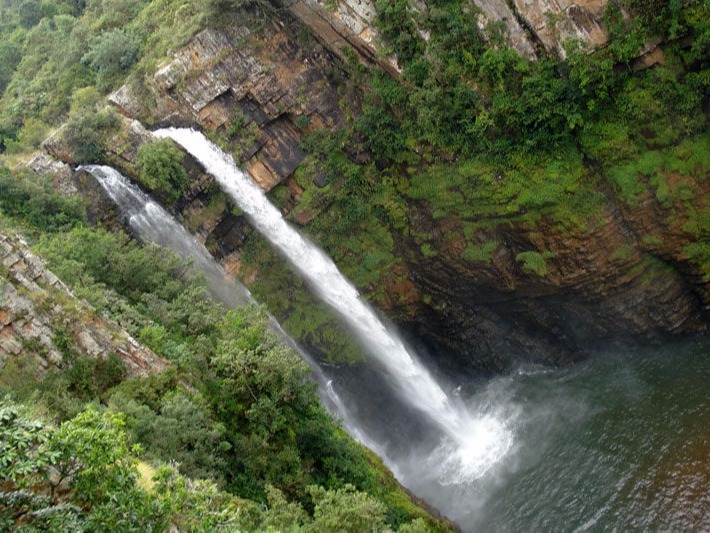
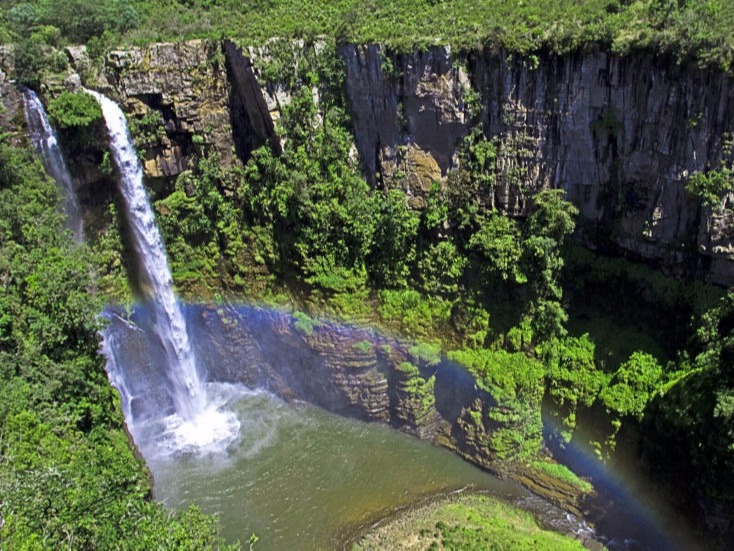
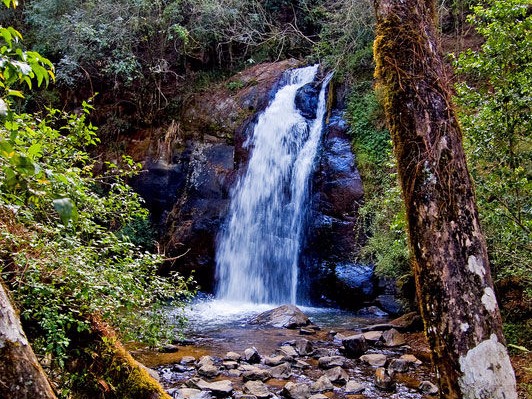
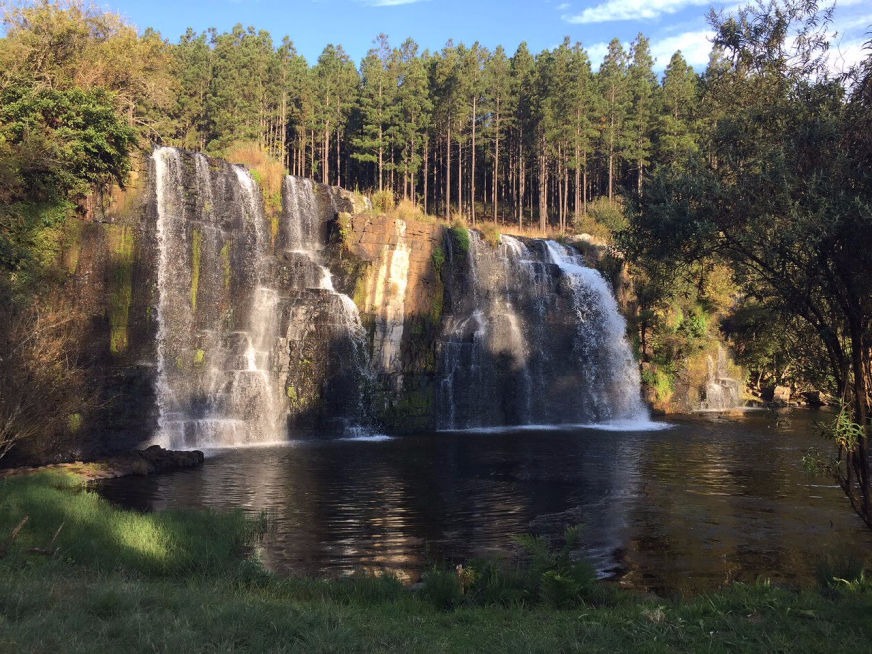
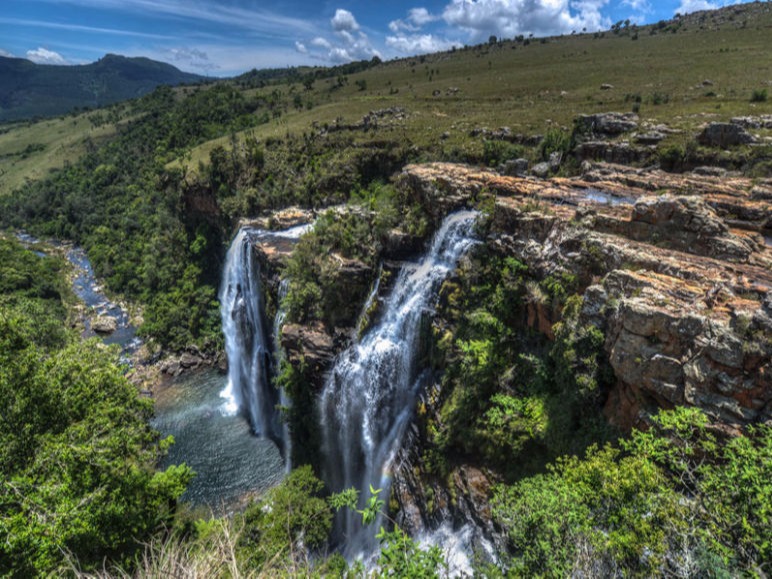
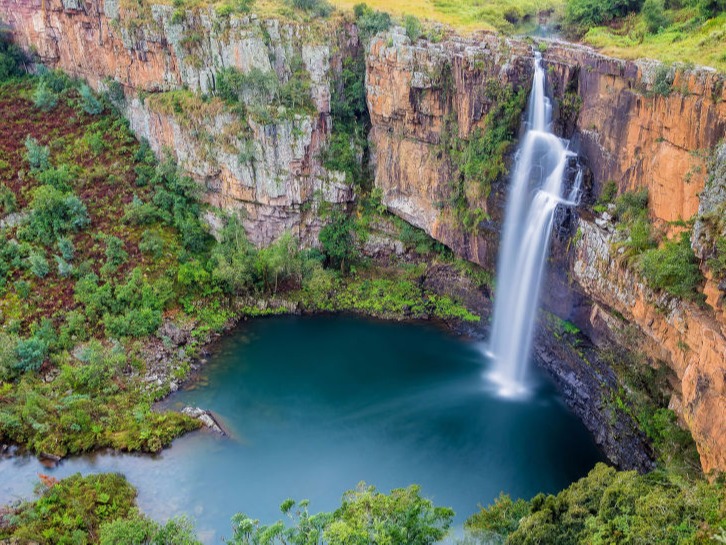
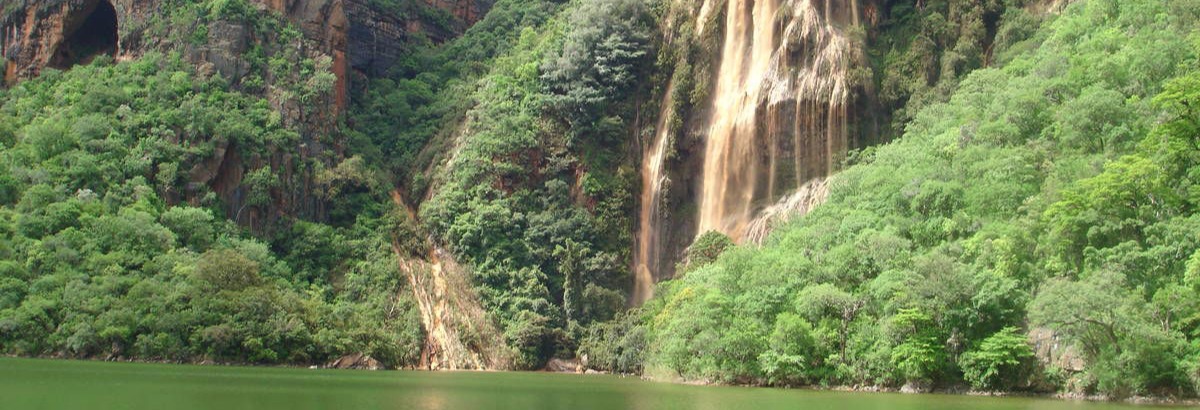
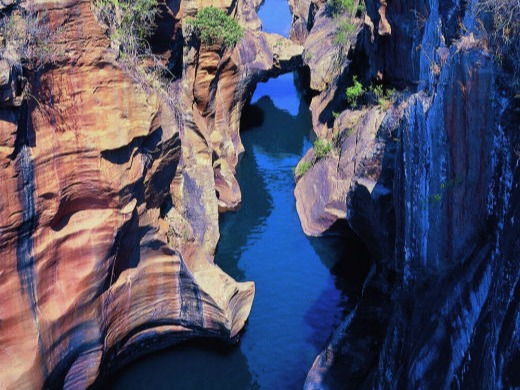
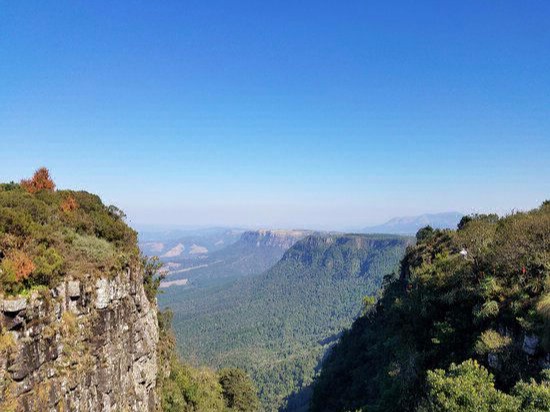
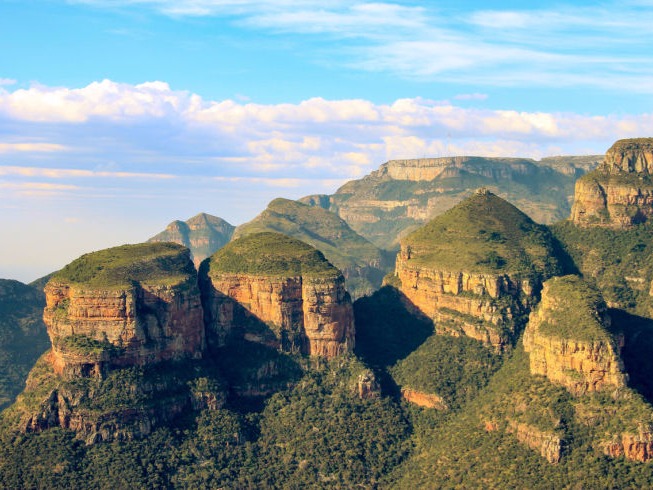
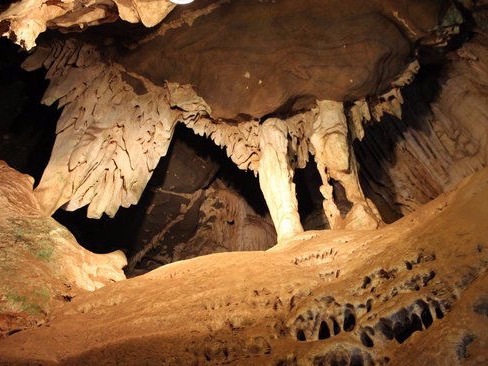
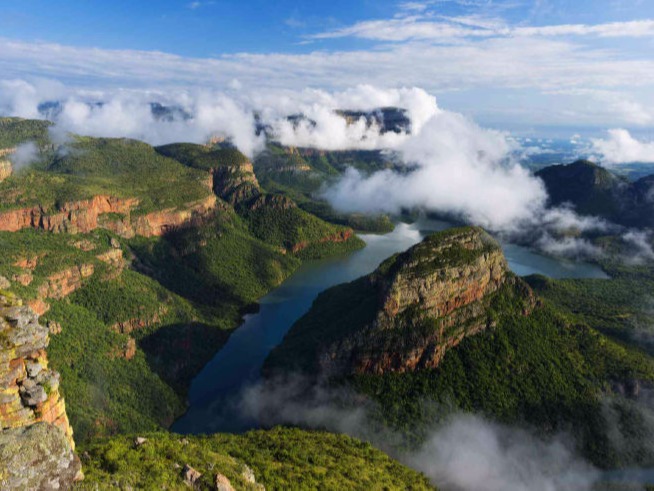
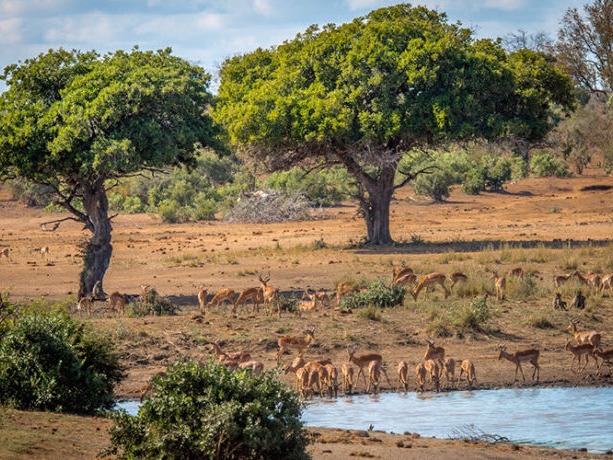
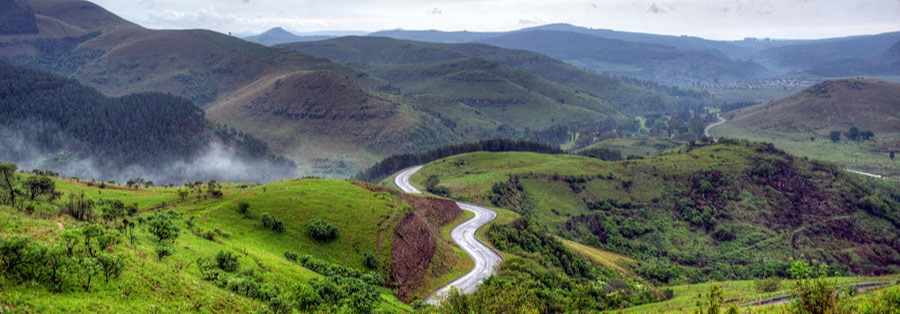
Check out our social pages!